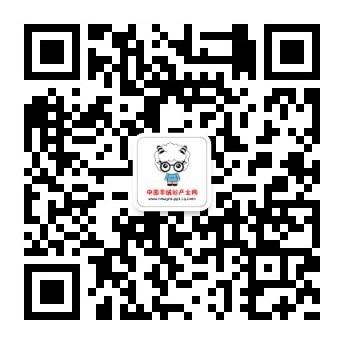The center of gravity of the textile industry has shifted to the west and Xinjiang has become an “industrial highlandâ€.
World cotton looks at China, and Chinese cotton looks at Xinjiang. As the main cotton producing area in China, since 2014, the country has issued a number of policies to promote the development of Xinjiang's textile and clothing industry and promote the employment of the local population. After 3 years, what is the status of Xinjiang's textile development and what impact will it have on domestic cotton supply and demand patterns? The reporter took these questions with you and took a closer look at the Xinjiang Cotton Survey organized by Zhengzhou Business Institute and China Cotton Information Center.
Click to know immediately how to recommend cashmere sweater
From the survey on June 12-15, the Xinjiang textile industry has high subsidies and high corporate profits. Xinjiang's textile industry is developing rapidly.
The Futures Daily reporter learned when the company visited the company that the textile industry in Xinjiang is generally at the peak of development. There are currently 34 textile companies in Bazhou, which increased by 16 last year. Together they have already put into production 3.3 million spindles and 4.5 million spindles under construction. Bayer’s demand for cotton in 2016 is 180,000 tons and it will reach 220,000 tons in 2017. The three major local textile companies are mainly viscose yarns.
Click to know immediately how to sell cashmere sweaters
Alar Industrial Park has introduced 179 companies, 25 textile companies, with 1.48 million spindles and 570,000 spindles. Last year, cotton yarn produced 96,000 tons and consumed 80,000 tons of cotton, which is expected to reach 120,000 tons this year.
Participants believed that Xinjiang's textile development benefited from the support of Xinjiang's main cotton producing areas and national policies, and that subsidies such as electricity bills, employment training, freight, taxation, and land had obvious advantages, including 1,200 yuan in cotton subsidies, 1,000 yuan in freight subsidies, and subsidies for electricity charges. 1,000 yuan and a return on value-added tax of 80%, which led to spinning yarn in the territory of 2000-3000 yuan / ton, significantly better with the Mainland.
In previous years, some major cotton counties in Xinjiang did not have their own cotton spinning companies, but many enterprises in the Mainland were cotton-free. Nowadays, the textile industry has shifted to Xinjiang. Xinjiang's textile industry has also changed from the original "policy-defective place" to the current "industrial highland."
It is understood that Xinjiang has formed the five major industrial agglomeration areas of Urumqi-Changji, Shihezi-Kuitun, Korla-Zhenli, Aksu-Aral, and Kashgar, and initially formed the industrial cluster development pattern of “three cities and seven parksâ€.
Click to know immediately the cashmere sweater ranking
On the Xinjiang textile plan, Li Jun, head of the Xinjiang Office of the China Cotton Information Center, introduced that the current Xinjiang textile production capacity is 13.6 million spindles, which is planned to increase to 20 million spindles by 2020. The actual expansion of textile production capacity in Xinjiang is faster than planned, and it is expected that by the end of 2017, Xinjiang will achieve 1700-180 million spindles of textile production capacity and 20 million spindles in the first half of 2018. By then, cotton consumption in Xinjiang will reach 1.5 million tons/year.
Xinjiang's development of the textile industry has unique conditions. Xinjiang's total cotton output has long occupied China's "half of the country," and its planting area, total output, and yields have consistently ranked first in the country. In addition, Xinjiang is located in an important part of the “Belt and Roadâ€, and the relevant policy dividend will also inspire the development of the local textile industry. “From the upstream cotton production and processing to the downstream spinning weaving and weaving clothing industry, the development momentum is extremely rapid. With the continuous expansion of the scale of the textile industry, the amount of cotton used in Xinjiang's textile industry continues to increase, and the foreign transport of cotton will show a downward trend. "The business director of Huaxin Products Co., Ltd. Du Zhenwei said.
Want to find out more about cashmere sweaters, cashmere sweaters, cashmere shirts, cashmere sweaters?
Pay attention to WeChat public number "Cashmere sweater industry platform" to learn more about cashmere sweater information

This kind of Functional Fabric is usually treated by coating,PU or PVC. The special functions usually include flame retardant,waterproof,oil proof,anti-static,anti-mosquito,hygroscopicity and quick drying,easy-care,antibacterial,anti-UV,infrared retardant,etc.Normally,this kind of fabric can be used for bags, vest,tent,etc.
Pu Coated Fabric,Pu Fabric,Polyurethane Coated Fabric,Pu Coated Polyester Fabric
Zhejiang Xinjian Textile Inc.Ltd , https://www.zjxjtex.com